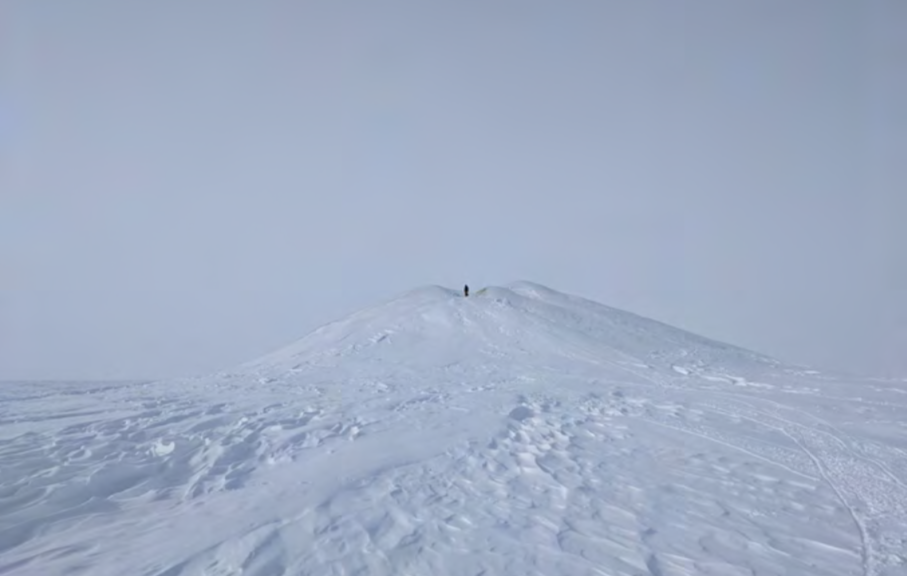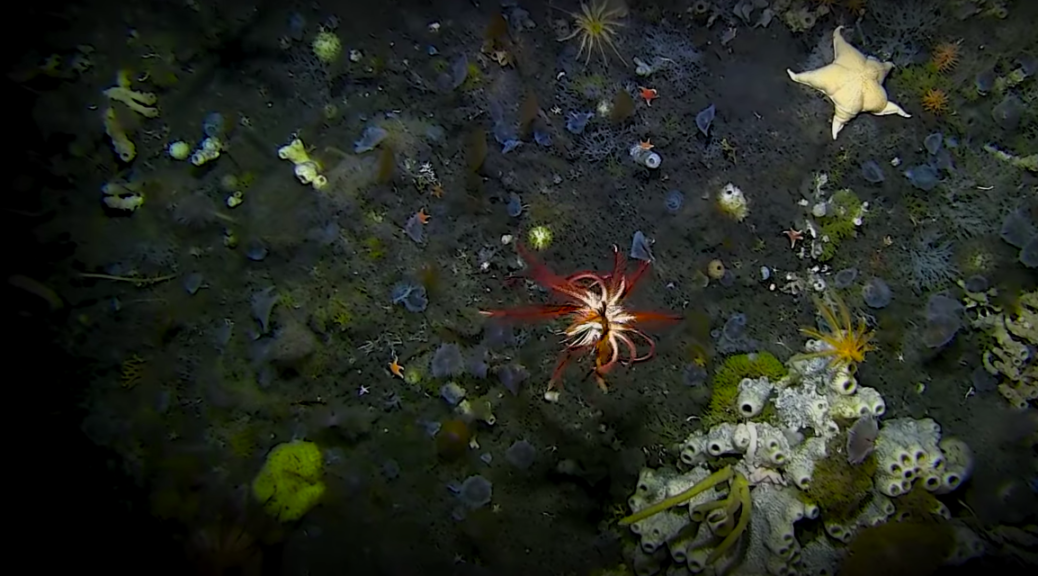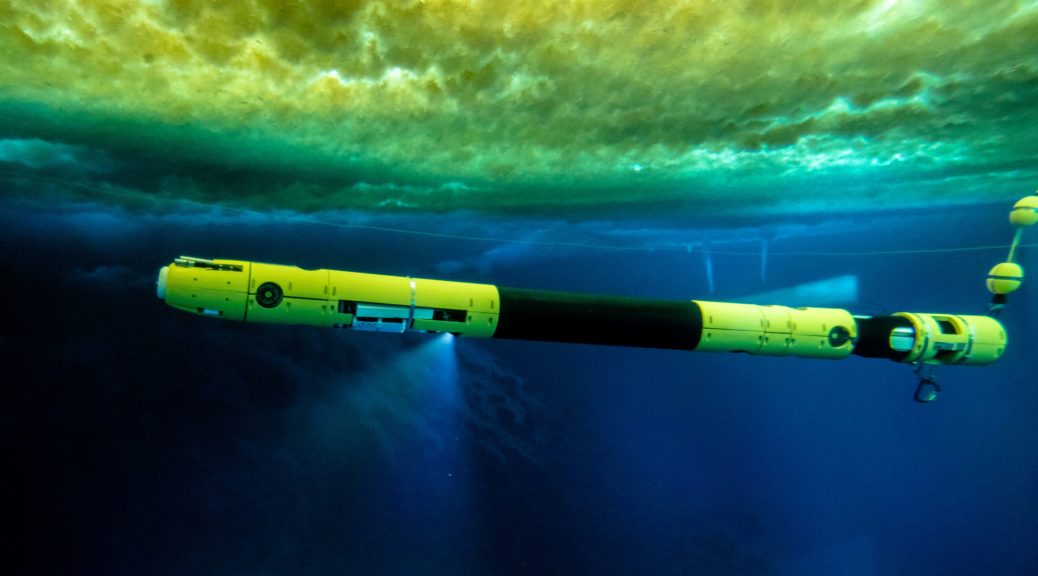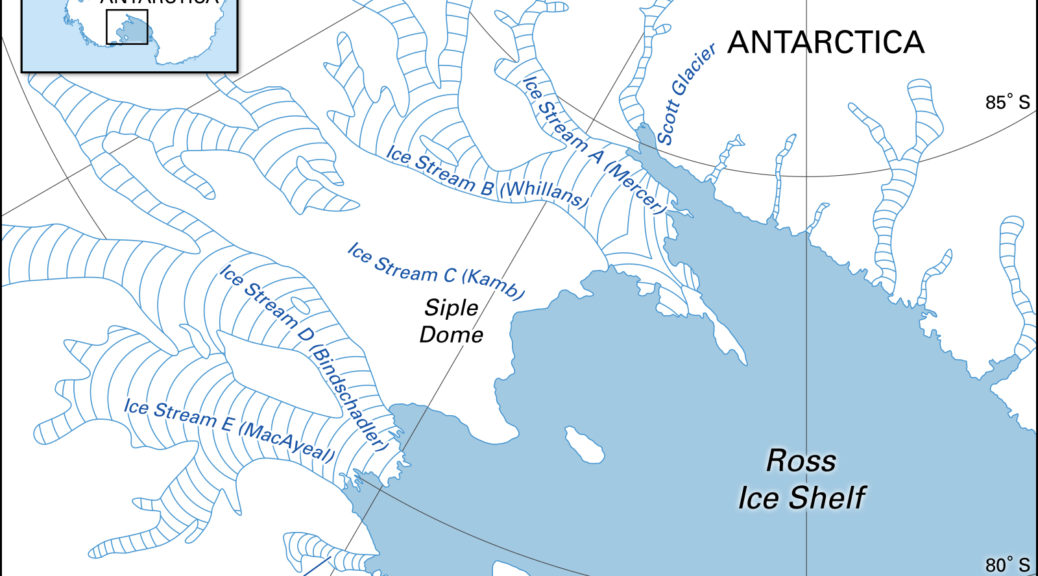Pingo SubTerranean Aquifer Reconnaissance & Reconstruction (Pingo STARR) is a NASA- funded research & analysis program grant supported through the innovative Planetary Science and Technology for Analog Research (PSTAR) program. This program allows planetary scientists to conduct research on Earth that is forward thinking and explores our own planet in ways that address key planetary science questions, develop and/or use compelling technologies, and assess operations scenarios to inspire future planetary missions. Through these grants, our team has also been able to advance Earth science as well as synergize across NASA’s investments, and build towards a systems level understanding of planets as a whole. Our work has primarily focused on the polar regions, which have lessons important for environments across Mars, Europa and other moons, and even the asteroid belt.
Pingo STARR is a NASA-funded program exploring ice-cored hills in the Arctic Tundra called pingos. These hills form from freezing ground water, forming a massive ice mound at the center and uplifting the permafrost. Not only are they found on Earth, but there is strong evidence that they also form on Mars and on the largest body in the asteroid belt and innermost Dwarf Planet, Ceres. Similar physical processes may also be happening on the icy satellites. Partially because of their remote locations, little is really known about pingos even on Earth. Pingo STARR aims to change that. We’re working with a host of cutting-edge geophysical techniques to perform the most in-depth analysis of these features ever attempted here on Earth in an effort to also understand how they may be forming on other planets. What’s more–we’re assessing the kinds of techniques that both robotic missions and one day Astronauts could use to detect and map water resources that could be vital for exploring Mars in particular.
Pingo STARR’s key objectives are to:
- Use geophysical techniques such as ground penetrating radar (GPR), capacitively- coupled resistivity sounding (CCR), and transient electromagnetics (TEM) to determine the hydrological and geological structure of large pingos in the North American Arctic.
- Assemble the largest comparable and complementary geophysical dataset of pingos collected to date to enable previously impossible analyses into periglacial hydrology.
- Evaluate the advantages and disadvantages of various geophysical methods for discovering and investigating ground ice phenomena in a planetary analog environment.
- Test the feasibility of deploying similar geophysical instrumentation on the surfaces of planets, moon, and asteroids in the future by both human and robotic explorers.
The Pingo STARR Team is:
- PI: Dr. Britney Schmidt, Georgia Tech
- Science PI: Dr. Kynan Hughson, Georgia Tech
- CoIs: Dr. Matthew Siegfried, Dr. Andrei Swidinsky, Dr. John Bradford, CO School of Mines, Dr. Hanna Sizemore, Planetary Science Institute
- Field Manager: Dr. Enrica Quartini, Georgia Tech
- Field Team 2021: Dr. Roger Michaelides, CO School of Mines, Dr. Andrew Mullen, Georgia Tech











